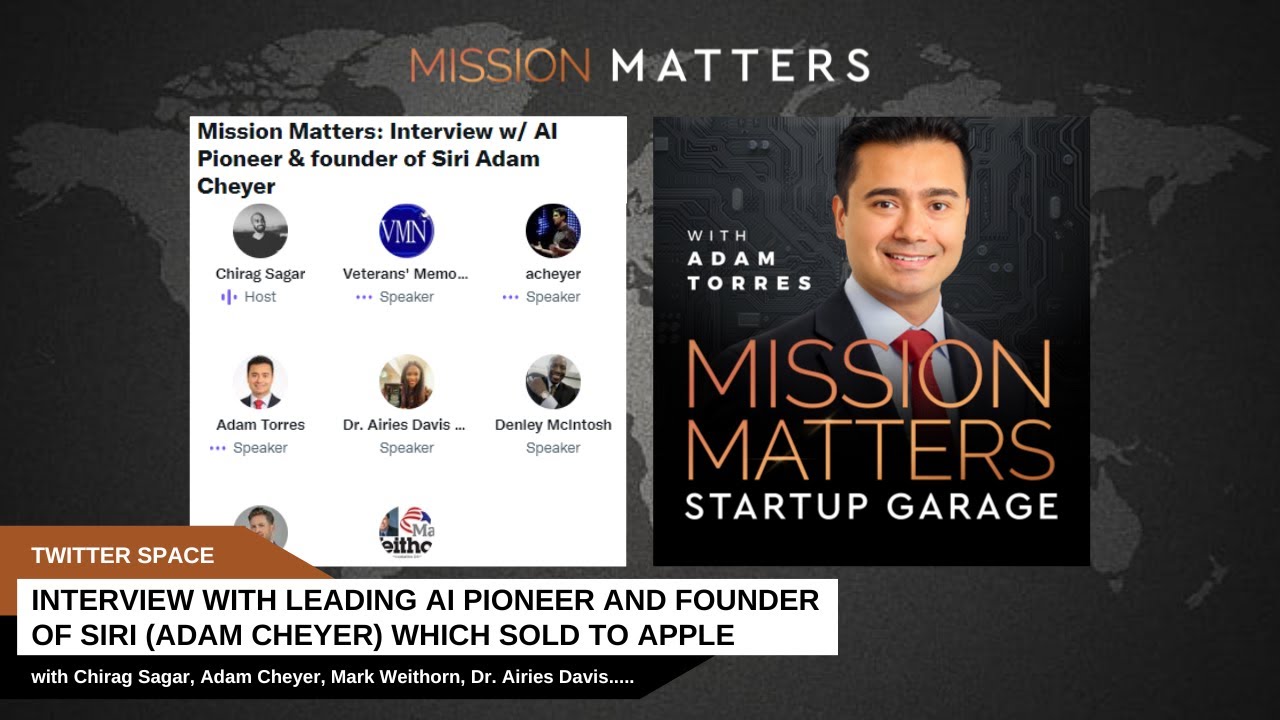The AI industry is facing a daunting challenge as companies like OpenAI and Anthropic struggle to source high-quality training data. This scarcity poses a significant threat to the development of sophisticated AI models that rely on vast amounts of diverse and accurate data to function effectively.
Understanding the Data Drought
AI models are trained on a multitude of data sources, including scientific papers, news articles, and social media content. The goal is to create systems capable of generating human-like responses. However, the quality of data is critical, and the internet is fraught with inaccurate and fragmented information that can undermine AI performance. Moreover, strict copyright laws and privacy concerns have led to a reduction in publicly available data sets, further exacerbating the problem.
Industry’s Response to Data Dilemma
In response to the data drought, AI companies are exploring new methodologies for training their models. One such approach is the use of synthetic data—a form of data created artificially to mimic real-world information. OpenAI has considered training its GPT-5 model using YouTube video transcripts, hinting at the industry’s shift towards alternative data sources.
Synthetic Data: A Viable Solution?
The concept of synthetic data is not without its merits. By generating internal data, companies like Anthropic can feed their AI models with a controlled stream of information, potentially avoiding the pitfalls of poor-quality public data. However, this approach also raises questions about the diversity and real-world applicability of AI responses.
What the Future Holds for AI
The data scarcity issue is a turning point for AI development. While companies seek novel solutions, there’s also a growing sentiment that the size of AI models may need to be reconsidered. OpenAI’s CEO Sam Altman suggests that the industry may move away from “giant” models, focusing instead on improving AI through other means. As we navigate this uncertain terrain, the quest for quality data continues to shape the AI landscape.
